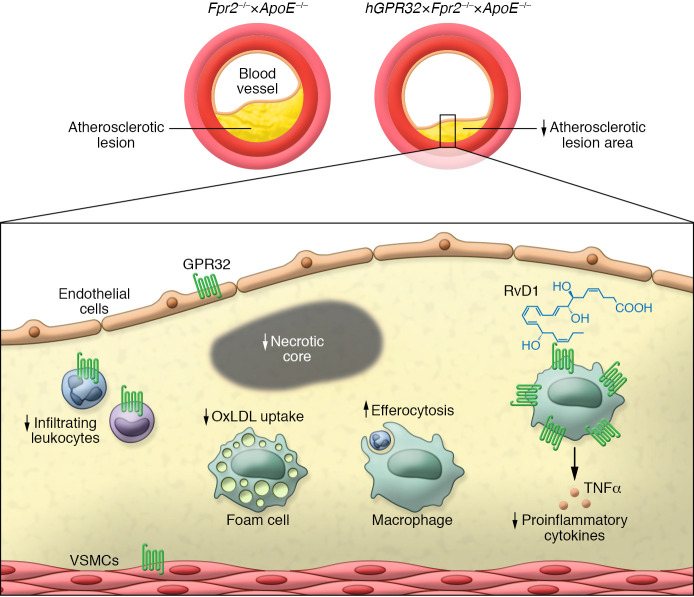Figure 1. The role of human GPR32 in atherosclerosis.
Tg overexpression of hGPR32 on an Apoe- and Fpr2-deficient background reduces atherosclerotic lesion area and necrotic cores as compared with that of non-Tg Fpr2–/–×Apoe–/– mice. Lesions of hGPR32 Tg mice are characterized by a lower number of monocytes and neutrophils, reduced macrophages, and decreased levels of the proinflammatory cytokine TNF-α. Of note, overexpression of hGPR32 also increases macrophage efferocytosis in peritonitis, and RvD1 enhances macrophage phagocytosis and lowers the uptake of oxidized LDL by macrophages in vitro in an hGPR32-dependent manner. These results suggests that GPR32 has multiple proresolving and atheroprotective roles. Similarly, RvD1 binds GPR32, enhances phagocytosis, and lowers the uptake of oxidized LDL.

